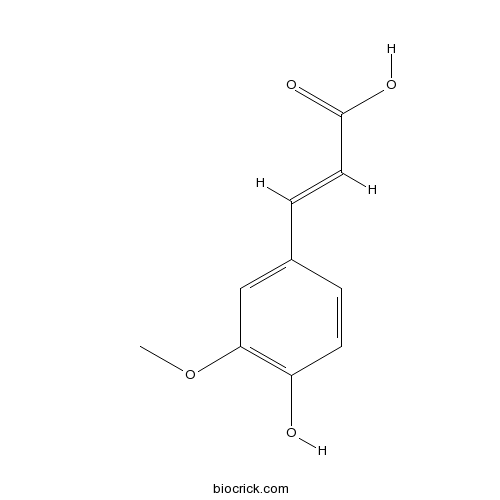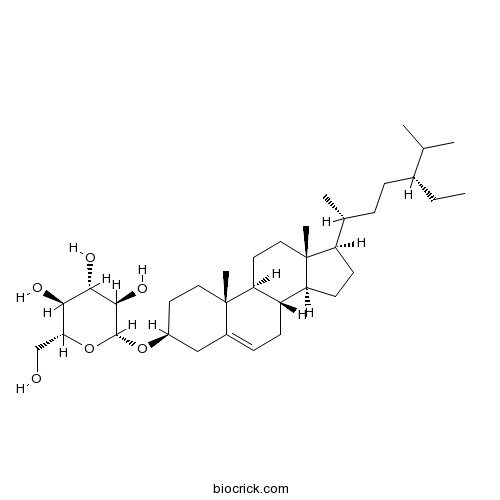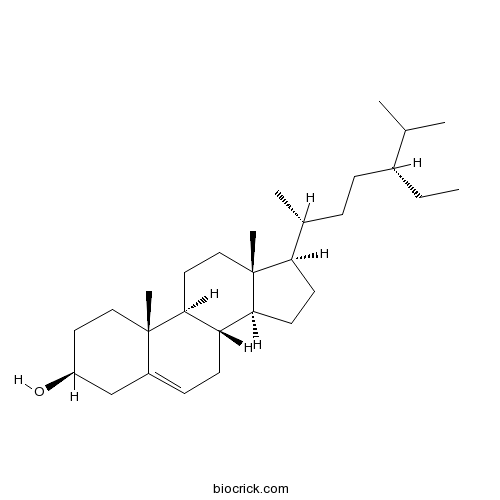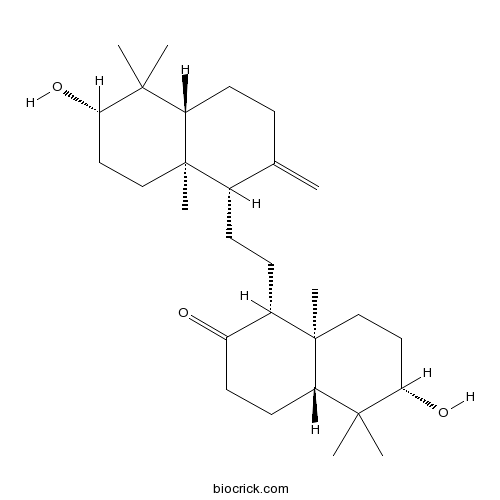Lycopodiastrum casuarinoides (Spring) Holub.
Lycopodiastrum casuarinoides (Spring) Holub.
Lycopodium (from Greek lukos, wolf and podion, diminutive of pous, foot) is a genus of clubmosses, also known as ground pines or creeping cedar,[1] in the family Lycopodiaceae, a family of fern-allies (see Pteridophyta). They are flowerless, vascular, terrestrial or epiphytic plants, with widely-branched, erect, prostrate or creeping stems, with small, simple, needle-like or scale-like leaves that cover the stem and branches thickly. The leaves contain a single, unbranched vascular strand and are microphylls by definition. The genera Diphasiastrum, Lycopodiella and Huperzia were once included within this genus, but are now recognized as being distinct. Two new Lycopodium alkaloids, huperzines C and D, were isolated from Lycopodiastrum casuarinoides along with huperzinine. The structures, including absolute configurations, were elucidated by means of spectral analysis. Huperzine C shows markedly inhibitory activity against acetylcholinesterase.
Products from Lycopodiastrum casuarinoides (Spring) Holub.
- Cat.No. Product Name CAS Number COA
-
BCN2506
Lycodoline 6900-92-1
PDF

-
BCN1061
Formononetin 485-72-3
PDF

-
BCN5926
Ononin 486-62-4
PDF

-
BCN5616
Oleanolic acid 508-02-1
PDF

-
BCN5948
Ferulic acid 1135-24-6
PDF

-
BCN5531
Daucosterol 474-58-8
PDF

-
BCN1015
Beta-Sitosterol 83-46-5
PDF

-
BCN6131
26-Nor-8-oxo-alpha-onocerin 125124-68-7
PDF




